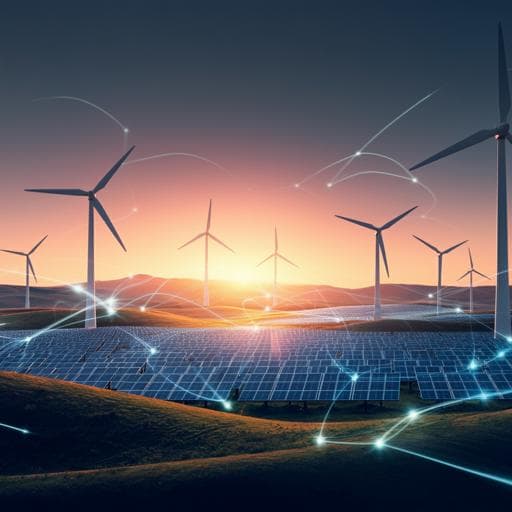
Environmental Studies and Forestry
Accelerating the energy transition towards photovoltaic and wind in China
Y. Wang, R. Wang, et al.
China aims for carbon neutrality by 2060, and this research by Yijing Wang, Rong Wang, Katsumasa Tanaka, Philippe Ciais, and others reveals that optimizing new photovoltaic and wind power plants can elevate power capacity significantly, unlocking benefits for poorer regions along with reduced costs!
~3 min • Beginner • English
Related Publications
Explore these studies to deepen your understanding of the subject.







